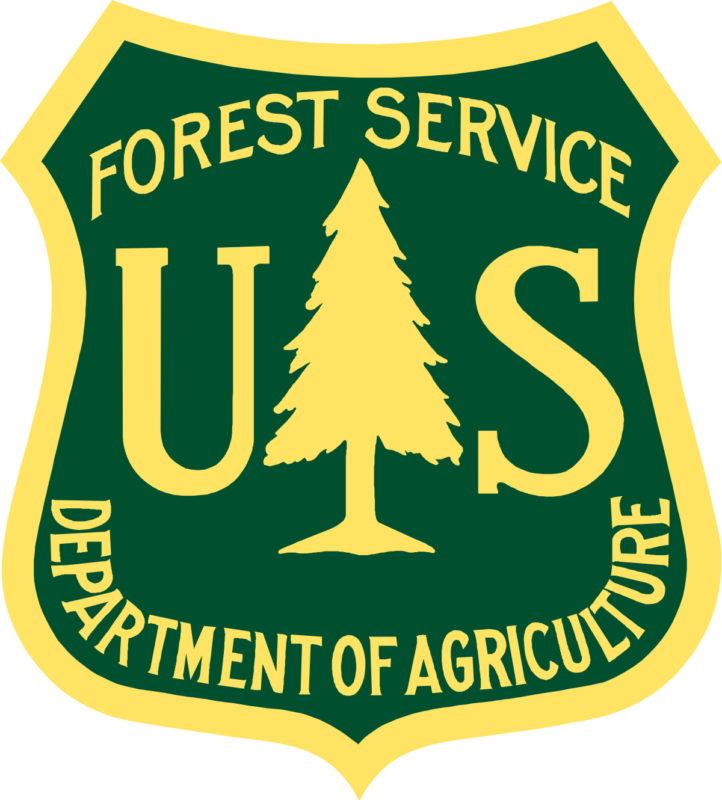![]()

Black Hills National Forest officials are asking for the public’s help when visiting the Forest, to prevent unwanted wildfires during this period of extreme fire danger across the Black Hills National Forest.
Jason Virtue, Fire Management Staff Officer, Black Hills National Forest said, “A small spark from activities like mowing the lawn, recreational shooting, chains dragging on the road while pulling trailers, and operating a motorized vehicle in tall grass can start a fire. Be sure mechanical equipment is equipped with a working spark arrestor,” Virtue said, “and take care that hot mufflers on vehicles do not come into contact with dry grass or other combustible materials.” While dispersed camping is allowed, campfires are not allowed in dispersed campsites.
When the fire danger level is extreme, fires start quickly, spread furiously, and burn intensely. All fires are potentially serious. Development into high intensity burning will usually be faster and occur from smaller fires than in the very high fire danger classification. Direct attack is rarely possible and may be dangerous except immediately after ignition. Under these conditions, the only effective and safe control action is on the flanks until the weather changes, or the fuel supply lessens.
“One Less Spark is a campaign that provides helpful information about how people can prevent one less wildfire,” said Scott Jacobson, Public Affairs Officer for the Black Hills National Forest. “When working or recreating out in the woods, under the current fire danger conditions, it is important to have water and a fire extinguisher on hand in the event an accidental fire starts.”
Since January 2024, Great Plains Dispatch Center has reported 92 wildfire starts on the Black Hills National Forest, with nearly 400 acres burned. The majority of these fires have been less than an acre. However, as dry conditions persist, fire activity and potential for bad outcomes increase. Recent fires such as the First Thunder fire and the Silver Mountain fire have produced extreme fire behavior, but firefighters were able to manage those fires without loss of homes or life.
When determining fire danger levels officials use several factors including: the moisture content of grasses, shrubs, and trees; the projected weather conditions (temperatures and wind). Fire managers also take into consideration the intensity of fire spread after ignition and the availability of firefighting resources.
For more information on the Black Hills National Forest, visit www.fs.usda.gov/blackhills.
